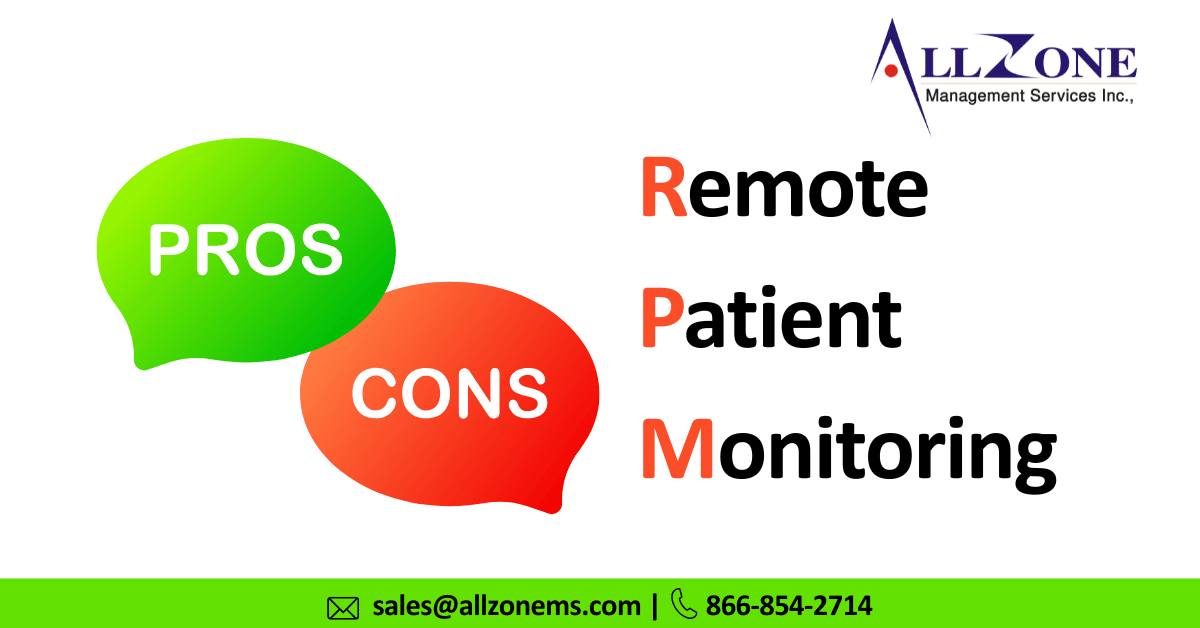Healthcare providers are increasingly recognizing the transformative potential of Remote Patient Monitoring (RPM). This technology offers significant benefits, including improved patient outcomes, reduced healthcare costs, and the ability to deliver personalized, patient-centered care while easing provider workload. This widespread recognition is fueling substantial investment, with the RPM market projected to experience a 3.3% compound annual growth rate over the next decade.
Despite its promise, RPM faces challenges, including reimbursement complexities, technical difficulties, and ensuring patient compliance. However, the advantages overwhelmingly justify addressing these hurdles.
Addressing Healthcare Challenges with RPM
Historically, patient diagnosis relied on isolated tests and self-reported medical histories, both susceptible to inaccuracies. RPM, utilizing wearable devices and mobile platforms, enables real-time monitoring of vital signs (e.g., heart rate, blood pressure, ECG). This allows clinicians to:
- Provide timely interventions: Remote observation facilitates prompt recommendations and medication adjustments.
- Reduce provider workload: Continuous monitoring optimizes resource allocation, preventing hospital overcrowding and burnout, particularly crucial post-pandemic.
- Personalize patient care: Real-time data informs tailored treatment plans, medication prescriptions, and post-operative care, enhancing patient engagement.
- Lower healthcare costs: Early detection and intervention through RPM mitigate costly complications, reduce hospital readmissions, and minimize unnecessary emergency department visits.
Implementation Challenges and Solutions
Several factors can impede RPM adoption:
- Technological complexity: Providers may find new technology daunting.
- Patient compliance: Device usage and data transmission can be inconsistent.
- Data overload: Interpreting vast amounts of real-time data can be challenging.
- Reimbursement uncertainties: Navigating payer requirements and eligibility criteria can be complex.
To overcome these challenges, technology companies should:
- Develop user-friendly platforms: Intuitive mobile applications and seamless EHR integration are essential.
- Provide comprehensive training and support: Ensuring provider comfort with the technology is critical.
- Implement automated data analysis: Simplifying data interpretation and reporting streamlines clinical decision-making.
Democratizing Healthcare with RPM
RPM levels the playing field, enabling smaller healthcare practices to provide high-quality care comparable to larger organizations. By reducing costs and workload while enhancing patient engagement and outcomes, RPM empowers smaller firms to expand their reach while maintaining independence.
As technology evolves and providers gain deeper understanding of RPM’s benefits, its adoption will accelerate, driving significant improvements in global healthcare delivery.

